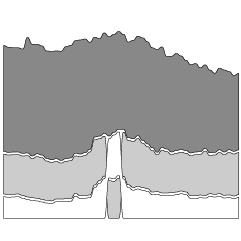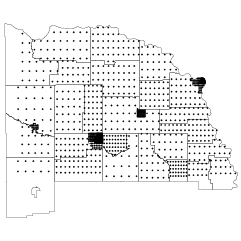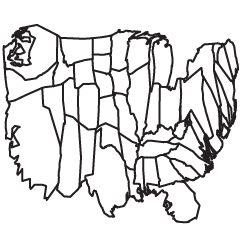Companies are tracking what you do online. You know this. But it can be a challenge to know the extent, because the methods are hidden on purpose. So The Markup built Blacklight:
To investigate the pervasiveness of online tracking, The Markup spent 18 months building a one-of-a-kind free public tool that can be used to inspect websites for potential privacy violations in real time. Blacklight reveals the trackers loading on any site—including methods created to thwart privacy-protection tools or watch your every scroll and click.
We scanned more than 80,000 of the world’s most popular websites with Blacklight and found more than 5,000 were “fingerprinting” users, identifying them even if they block third-party cookies.
We also found more than 12,000 websites loaded scripts that watch and record all user interactions on a page—including scrolls and mouse movements. It’s called “session recording” and we found a higher prevalence of it than researchers had documented before.
Try it out here. Just enter a URL, and you’ll see a real-time count of the ad trackers, third-party cookies, cookie evaders, and keystroke recorders on any given site.
This is why I got rid of Google Analytics, social media widgets, and ad-serving snippets on FD years ago.

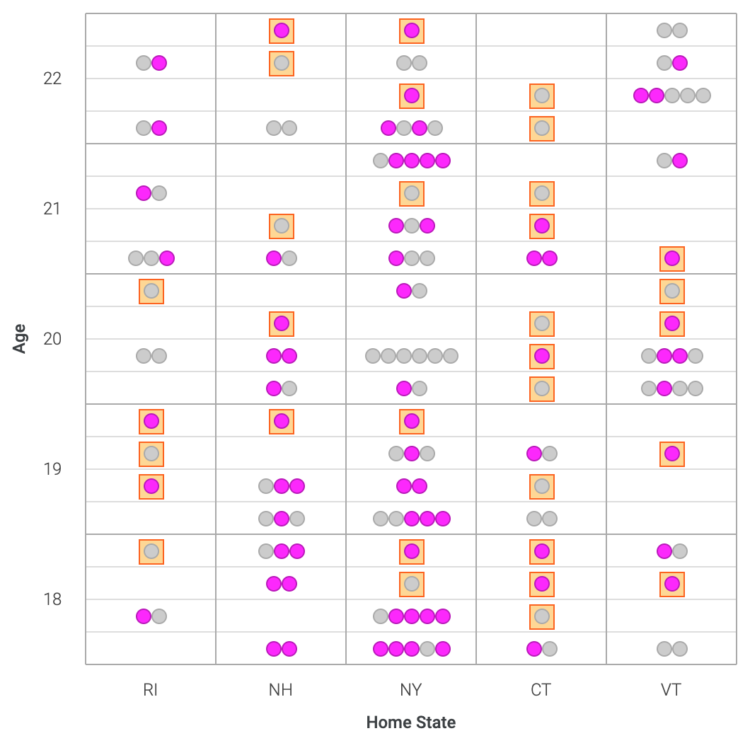
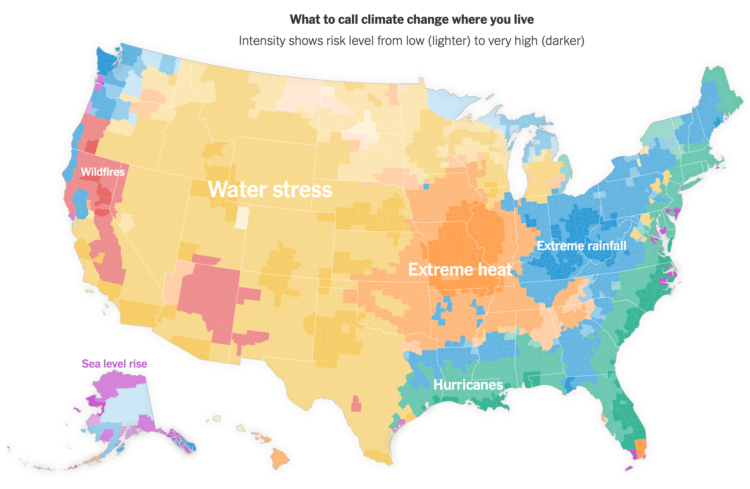
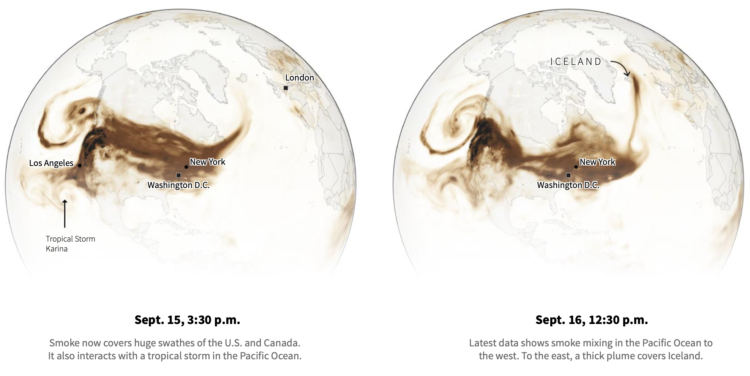
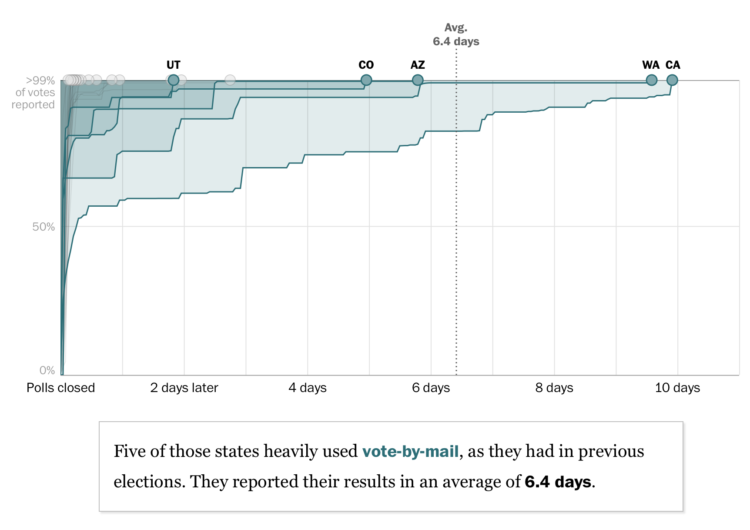


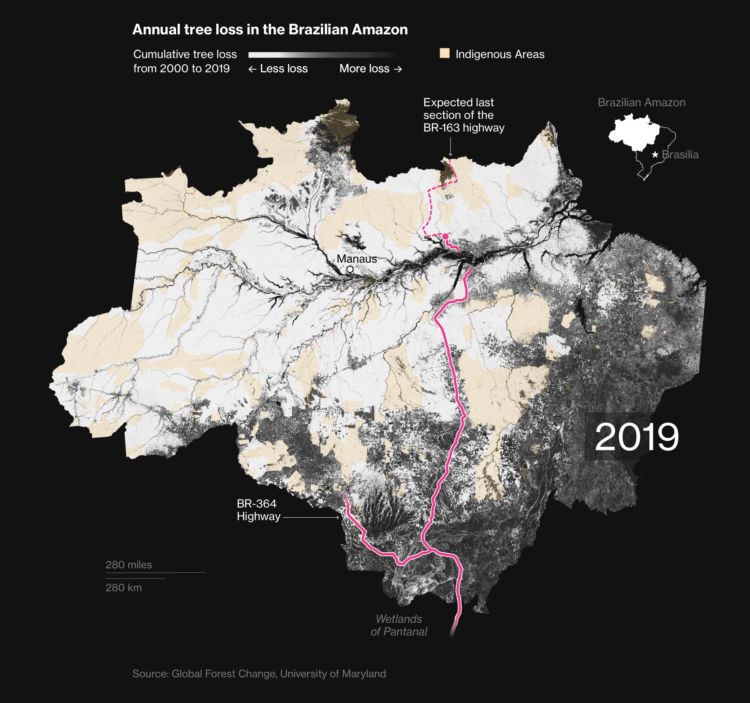



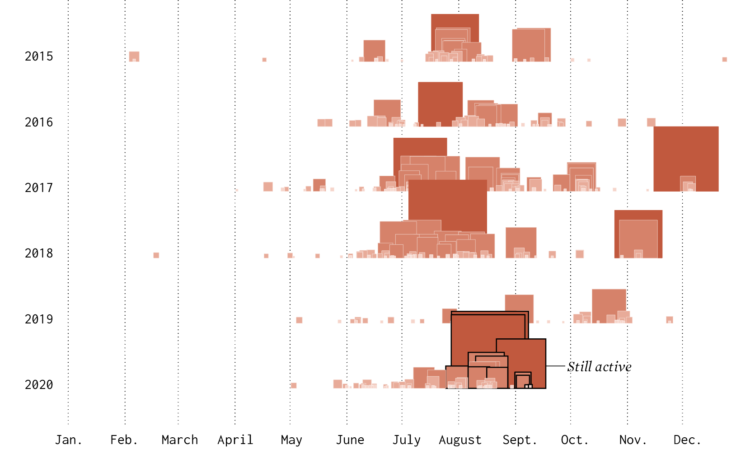
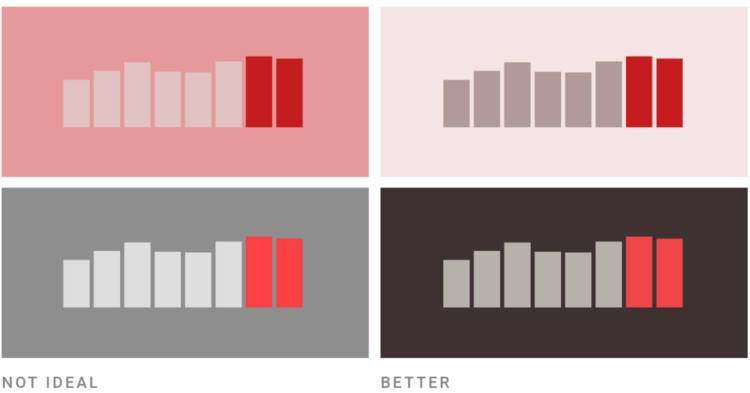


 Visualize This: The FlowingData Guide to Design, Visualization, and Statistics (2nd Edition)
Visualize This: The FlowingData Guide to Design, Visualization, and Statistics (2nd Edition)



